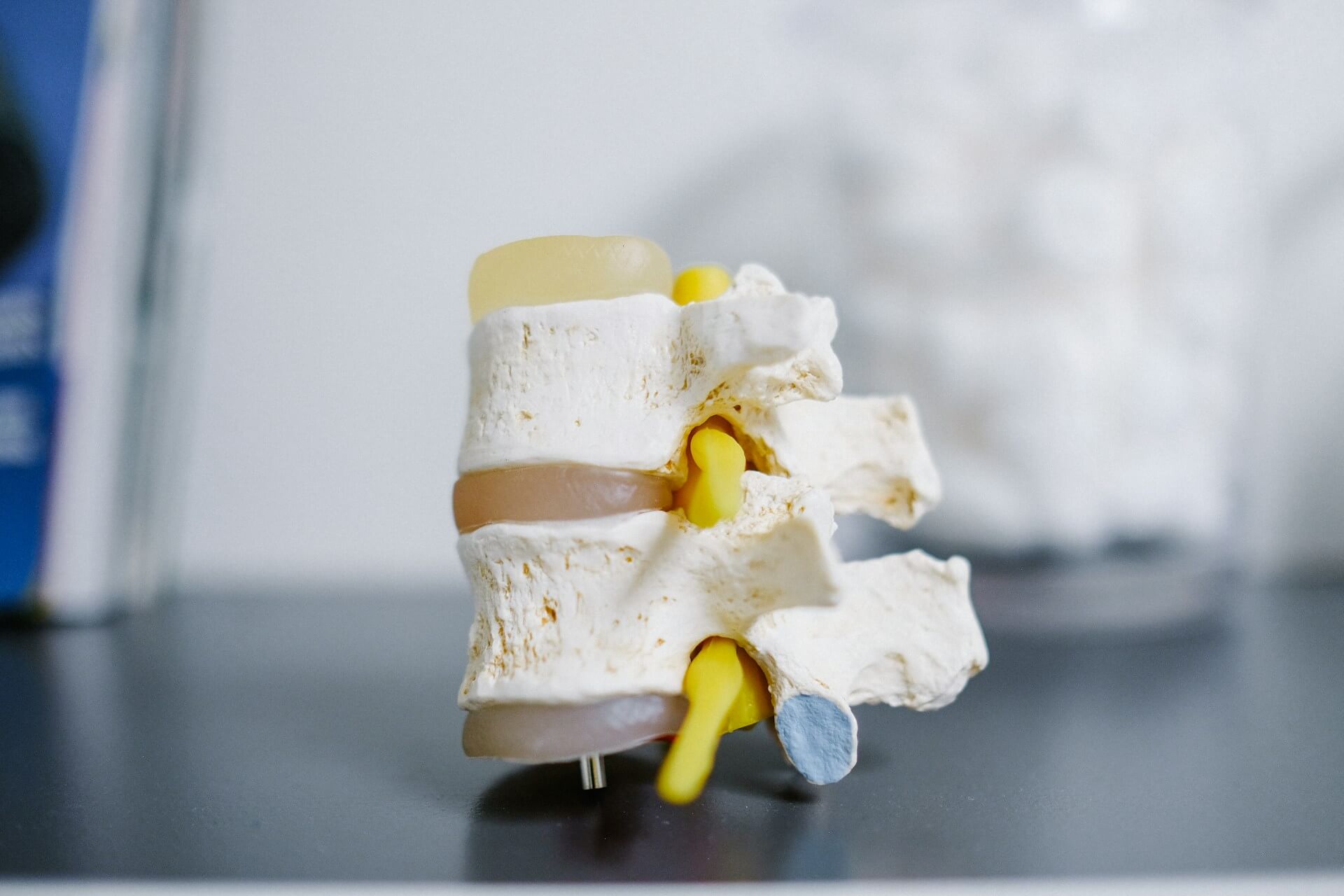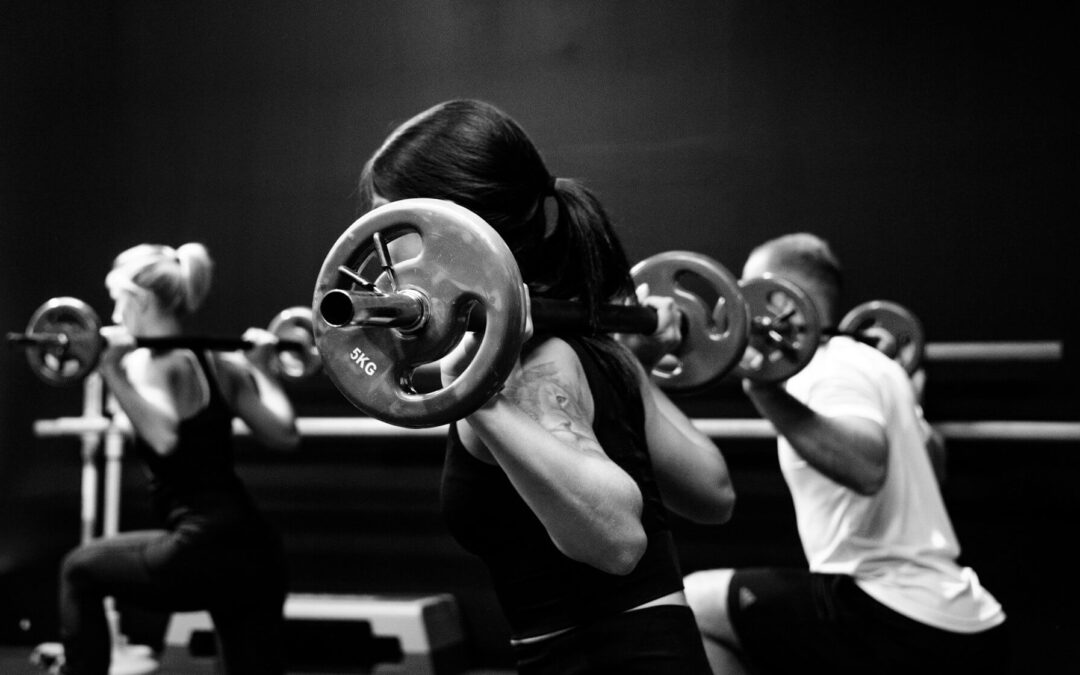Maintaining strong bones is essential for overall health, especially as we age. Osteoporosis, a condition characterised by weakened bones and increased risk of fractures, is a growing concern, particularly for postmenopausal women and older adults. Weight-bearing exercises are a crucial part of building and maintaining bone density, helping to slow bone loss and reduce the risk of fractures. This article delves into the best bone-strengthening exercises and explains how incorporating an exercise program can help keep your bones strong and healthy.
Outline:
- What Is Osteoporosis and How Does It Affect Bone Health?
- The Importance of Weight-Bearing Exercise for Bone Strength
- How Exercise Can Help Build Bone Density
- What Types of Exercises Are Best for Bone Health?
- How Resistance Training Strengthens Bones and Muscles
- How to Start an Exercise Program for Osteoporosis
- High-Impact vs. Low-Impact Weight-Bearing Exercises: Which Is Right for You?
- Exercises to Improve Balance and Prevent Falls
- The Benefits of Regular Exercise for People with Osteoporosis
- How Often Should You Exercise to Improve Bone Health?
What Is Osteoporosis and How Does It Affect Bone Health?
Osteoporosis is a condition that causes bones to become brittle and weak, making them more susceptible to fractures. Bone loss occurs when the body loses too much bone mass or doesn’t produce enough new bone tissue. As a result, people with osteoporosis are at a higher risk for broken bones, especially in the hips, spine, and wrists.
Osteoporosis can develop over time without noticeable symptoms until a fracture occurs, which is why it’s often referred to as a “silent disease.” Maintaining good bone health through proper diet and regular exercise is essential to slow bone loss and keep bones strong.
Women are at greater risk of developing osteoporosis as they age due to several factors. After menopause, the decline in estrogen levels significantly accelerates bone loss since estrogen plays a crucial role in maintaining bone density. Additionally, women generally have lower peak bone mass compared to men, which makes them more susceptible to bone loss later in life. Other contributing factors include longer life expectancy, hormonal changes, and lifestyle factors such as lower levels of physical activity and dietary calcium intake.
The Importance of Weight-Bearing Exercise for Bone Strength
Weight-bearing exercise plays an important role in promoting bone strength by forcing your bones to support your body weight during physical activity. This type of exercise puts stress on your bones, stimulating bone tissue growth and increasing bone density.
Weight-bearing activities, such as walking, jogging, or hiking, are particularly effective in building and maintaining healthy bones. The National Institute of Arthritis suggests incorporating weight-bearing exercise into your routine to help slow bone loss and increase the rate of bone formation.
How Exercise Can Help Build Bone Density
Engaging in regular weight-bearing exercise is one of the most effective ways to build bone density and keep bones strong. When you perform exercises that require you to carry your body weight, like walking or stair climbing, it helps to improve bone health by signaling your bones to become stronger.
Exercise is best for building bone density when it’s done consistently, at least twice a week. Adding resistance exercises to your routine, such as strength training, can further increase bone mass and slow bone loss. Bone-strengthening exercises not only improve bone density but also help to reduce the risk of osteoporosis.
What Types of Exercises Are Best for Bone Health?
Certain types of exercise are more beneficial for improving bone health than others. Weight-bearing exercises, which involve moving against gravity, and resistance training are considered the most effective.
High-impact exercises, like running, jumping or striking, are excellent for stimulating bone growth, while low-impact exercises, like walking or swimming training will not stimulate bone growth to the same degree.
Resistance training, using weights or resistance bands, strengthens muscles and bones by adding external resistance to movements. Exercises like squats, lunges, and push-ups can be performed using body weight or free weights to help build bone density.
Recent research from the LIFT-MOR (Lifting Intervention For Training Muscle and Osteoporosis Rehabilitation) study has shown that specific types of resistance training can significantly improve bone health, even in postmenopausal women with low bone density or osteoporosis. The LIFT-MOR trial, conducted by Australian researchers, focused on the effects of high-intensity resistance and impact training (HiRIT) on bone density. This type of training involves lifting heavy weights (≥80% of one-repetition maximum) with exercises like deadlifts, squats, and overhead presses. The results demonstrated that HiRIT not only increases bone density but also improves muscle strength, balance, and overall functional performance, reducing the risk of fractures. The findings of this study have had a major influence on the protocols used at The Bone Clinic in Australia, which now integrates this form of high-intensity resistance training into their exercise programs for clients with osteoporosis. This approach challenges the previous belief that people with osteoporosis should avoid lifting heavy weights, showing instead that, when done safely, it can lead to significant improvements in bone health.
How Resistance Training Strengthens Bones and Muscles
Resistance training and high-impact training strengthen bones by applying mechanical stress to the skeletal system, which stimulates bone remodeling and growth. When you lift weights or engage in high-impact activities like jumping or sprinting, the muscles pull on the bones, creating tension and forcing the bones to adapt. This stress signals the body to increase bone tissue production and enhance bone density, making the bones stronger over time. In particular, resistance training, such as lifting heavy weights, not only builds muscle but also increases the strength of the bones by promoting mineralization and bone formation. High-impact exercises, on the other hand, introduce sudden forces that promote bone turnover, leading to increased bone mass and improved bone structure. Both forms of exercise are crucial for maintaining and improving bone strength, especially as we age and face conditions like osteoporosis.

How to Start an Exercise Program for Osteoporosis
Starting an exercise program can be intimidating, especially for people who have osteoporosis or are at risk for fractures. Before beginning a new exercise program, it’s essential to consult with a health care provider who can assess your bone health and recommend suitable exercises.
Once cleared, focus on weight-bearing exercises that can safely improve bone strength and prevent fractures. Begin with low-impact activities, such as walking or tai chi, and gradually increase the intensity as your body adjusts. Adding resistance exercises using free weights or resistance bands is also beneficial for maintaining bone density and muscle strength.
High-Impact vs. Low-Impact Weight-Bearing Exercises: Which Is Right for You?
Choosing between high-impact and low-impact weight-bearing exercises depends on your current bone health and fitness level. High-impact exercises, such as jumping, sprinting, or plyometrics, are particularly effective for individuals with good bone density and no history of fractures, as they apply significant mechanical stress to bones, stimulating bone growth and strength. Research from the LIFT-MOR study has shown that even postmenopausal women with osteoporosis can benefit from high-intensity resistance and impact training, provided it is done safely and progressively. This form of training, which includes lifting heavy weights and high-impact movements, has been shown to significantly increase bone density and muscle strength in those at risk for osteoporosis.
For individuals with more advanced osteoporosis or a high risk of fractures, low-impact exercises like walking or elliptical training may be a safer option. These exercises still promote bone density and improve muscle strength without placing excessive strain on weakened bones, thus lowering the risk of injury while still offering the benefits of regular weight-bearing activity.
Exercises to Improve Balance and Prevent Falls
For people with osteoporosis, improving balance is just as important as building bone density to reduce the risk of falling. Balance exercises, such as tai chi or yoga, help improve stability and coordination, making everyday movements safer.
Incorporating balance training into your exercise routine can help prevent falls, which are a leading cause of fractures in people with osteoporosis. Balance exercises should be performed regularly and can be done alongside other weight-bearing and strength-training exercises for optimal bone health.
The Benefits of Regular Exercise for People with Osteoporosis
Regular exercise provides many benefits for people with osteoporosis beyond improving bone health. Exercise strengthens muscles, increases flexibility, and enhances mobility, all of which contribute to a lower risk of falls and fractures. Strength-training exercises also improve posture and alignment, which helps reduce the strain on weakened bones.
Additionally, exercise improves cardiovascular health, lung capacity, metabolic efficiency, boosts energy levels, and enhances mental well-being. For people with osteoporosis, incorporating an exercise routine is key to maintaining independence and improving quality of life.
How Often Should You Exercise to Improve Bone Health?
To reap the full benefits of exercise for bone health, it’s important to stay consistent. The Department of Health recommends engaging in at least 150 minutes of moderate-intensity physical activity per week, including strength-training exercises at least twice a week.
Weight-bearing and resistance exercises should be included in your routine, as well as balance training to prevent falls. Keep in mind that building bone density takes time, so it’s essential to maintain a regular exercise routine to see long-term results.
Key Takeaways for Building Strong Bones Through Exercise:
- Osteoporosis weakens bones, making them more prone to fractures.
- Weight-bearing exercises help stimulate bone growth.
- Resistance training with free weights, cable machines or other gym equipment builds bone density and strengthens muscles. Ensure this form of exercise is administered progressively and appropriately.
- Balance exercises improve coordination and reduce the risk of falls.
- Engage in at least 150 minutes of moderate exercise per week, including strength-training exercises twice a week.
- Regular exercise can slow bone loss and improve bone health for a lower risk of fractures.
By incorporating weight-bearing exercises and strength training into your regular routine, you can build and maintain strong bones, reduce your risk of osteoporosis, and enjoy better overall health.
Feel free to reach out if you have a referral to see an exercise physiologist.
